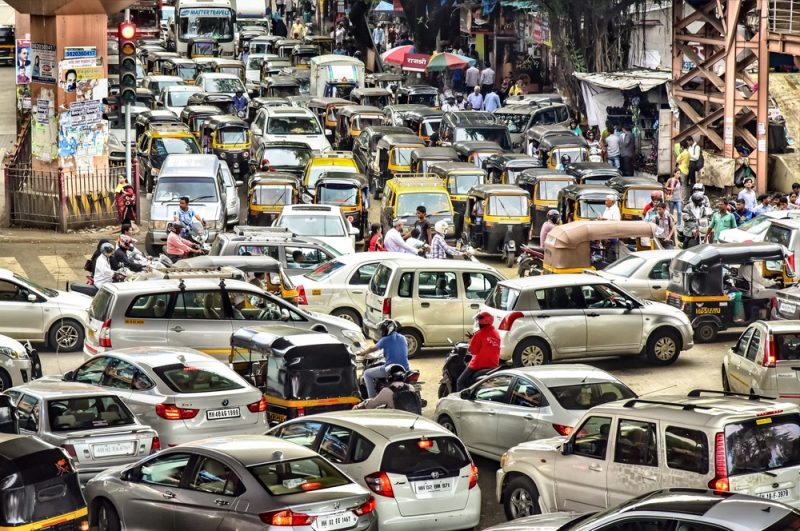Berkley Lab says India’s prospective EV expansion will increase economic benefits, energy security

India recently stated its goal of selling only electric vehicles (EV) by 2030, which a new report released by scientists at Lawrence Berkeley National Laboratory (Berkeley Lab) said will have a positive impact on the country’s utilities and grid.
Berkeley Lab said the achievement of India’s EV goal will not only deliver economic benefits, but will also help integrate renewable energy, and significantly reduce foreign oil imports. The team found that an EV increase would reduce per-mile carbon dioxide emissions by a fifth or more, even on a coal-heavy grid.
“Renewable energy and electric vehicles are quite complementary to each other in India,” lead author Nikit Abhyankar of Berkeley Lab’s International Energy Studies Group said. “A renewable energy-powered grid will reduce electric vehicle emissions, and electric vehicles, in return, can help the grid absorb all that renewable energy.”
India’s electric car sales would reach 10 million a year in 2030, if all new sales were EVs, bringing its total EV fleet to 144 million from under 1 million. Researchers found, however, that even with the major addition of EVs to the grid, the EV electricity demand would only add about 6 percent of the estimated peak load of 2030.
Through detailed transportation and electricity sector models, researchers projected that the added electricity demand from EVs could bring India’s power utilities about $11 billion per year in revenue. The increased revenue would be enough to cut the sector’s financial deficit in half.
The increased demand in EV technology through electric car sales would also help the smooth transition of the country’s renewable energy goals that include adding 100 gigawatts of solar and 60 gigawatts of wind by 2022.
“Most Indian utilities are under severe financial distress,” Abhyankar said. “EVs could be a very good way for them to fetch additional revenue from paying customers.”
India currently depends on foreign imports for more than 80 percent of its crude oil supply. With the switch to EV, that dependence would be significantly decreased, reducing consumption by 360 million barrels annually, or 15 percent of the total, by 2030. The consumption reduction would translate into an annual savings of $7 billion a year, based on an average crude oil price of $40 per barrel.
Through their research, the authors also warned that India will need to build out its charging infrastructure in order to fully benefit from the utility and economic growth brought on by 100 percent EV sales. They also noted that the charging load could affect local distribution networks, which would require significant upgrades to accommodate. While capital intensive, the researchers estimate that the infrastructure and network upgrades could be financed through additional revenue from charging.
The researchers conclude that India’s ambitious and beneficial electrification plan is attainable, while further analysis will help determine the best way to move forward.
